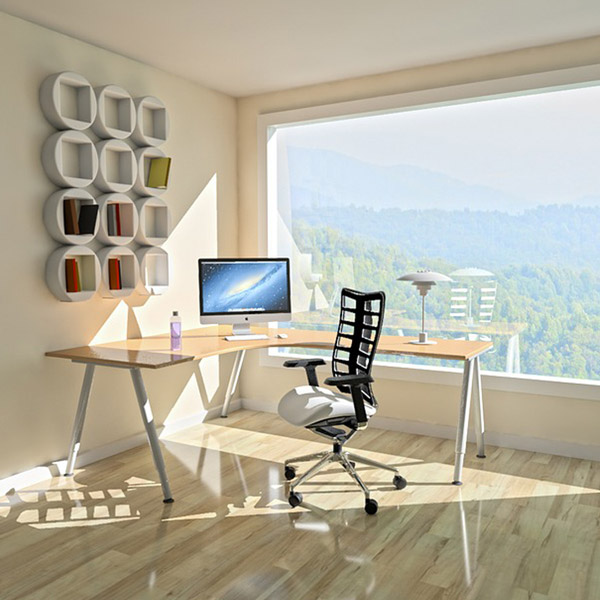Fight the Light: How to combat floor fading.
Time marches on and all things age. Your hardwood floor is no different. As your floor matures, some degree of color fading is going to naturally occur. However, as is the case with most things, there are steps that can be taken mitigate the wear of time and help retain the youthful hue of your freshly installed hardwood floor.
What causes the fade?
The primary culprit responsible for fading floors is light. As anyone who has spent too much time on a beach can tell you, light can have some pretty profound effects. While the interaction of different spectrums of light on pretty much everything is actually fairly interesting, I am going to shade away from delving into the physics of optics and photosensitivity here and speak in far more general terms.
Light will interact with various types of wood differently. While many domestic species of wood such as Oak will gradually lighten in color as they are exposed to light, exotic wood species such as Brazilian Cherry and Tigerwood will actually rapidly darken in the same conditions.
Similarly, the finish on the floor will react to light depending on its manufacturing process. Oil based finishes will tend to yellow as they are exposed to light while water-based finishes tend to stay clear. Some prefinished flooring products are now being manufactured with UV-blocking properties which further help mitigate the fading caused by light exposure.
Light can even have an effect on the stain you choose to put on a hardwood floor. Dye-based finishes are far more photo-reactive than a pigment-based option. For floors that are going to be exposed to sunlight (or Fluorescent) light, a pigment-based stain is recommended as it is far more resistant to fading.
How to reduce exposure?
In most cases, windows are going to be the primary source of sunlight coming into your space. As such, you can combat light exposure on three different fronts. Externally, features such as shutters or awnings can greatly help to limit the light that comes into your home. On the window level itself, low-e (low emissivity) glass can make a significant difference not only in solar exposure, but the overall cost of maintaining the internal climate of the home. Internally, the use of curtains, drapes or blinds, especially during peak sunlight hours, can be used to help protect the color and finish of your floor.
It is also recommended that you periodically move rugs and furniture in the space to allow the entire floor to be exposed to light. This will allow the full room to maintain the same level of fade over the years and keep the same color throughout the space.
Damage done?
Ultimately, all floors are going to fade. Fighting the good fight and taking the above precautions may add years to the time before you notice- but eventually, time is going to take its toll. So now what?
Fortunately, most hardwood floors are able to be sanded and refinished. Scratches and imperfections can be smoothed out, and a brand-new coat of finish can be applied restoring your floor to its day one glory. We always recommend using experienced professionals for these sorts of products, but this is especially important if you have an engineered hardwood floor.
For additional information concerning your floors, please visit our frequently asked questions. You can also request 3 free samples of any of our flooring products, find local retailers, or contact our team of flooring experts to answer your lingering questions.


